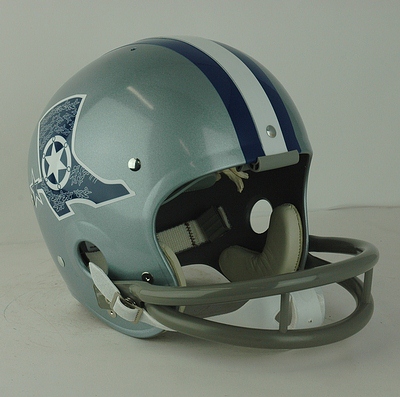
The 1963 season was projected to be one of fruition for the Dallas Cowboys who began play in 1960. It would be more accurate to state that the Cowboys were rushed into play for the 1960 season as George Halas and his National Football League counterparts attempted to scuttle the inaugural appearance of the American Football League’s Dallas Texans. It was with a tired group of veterans chosen in a hurriedly assembled expansion draft and a dragnet that found few quality free agents available to them, that the Dallas Cowboys 1960 debut resulted in a 0-11-1 record. The coaching abilities of Tom Landry however, were immediate and impressive, so much so that despite limited success in their first three seasons, the ’63 squad had stimulated rather high hopes prior to the start of the season. Losing six of their first seven games quelled any enthusiasm and the team was constantly and significantly behind the attendance figures of Dallas based Southern Methodist University and the other Southwest Conference colleges. Attracting less than 19,000 fans to a November game versus the Redskins was not the vision that Landry, team owner Clint Murchinson, or Cowboys President and General Manager Tex Schramm envisioned for what was supposed to be their predicted success. The November 22nd assassination of President John F. Kennedy was the emotional blow that ruined not only the season for the Cowboys and residents of Dallas, but placed a black mark against the city and everything associated with it. Arriving for their game against the Browns in Cleveland that very weekend, baggage handlers refused to pick up the Cowboys’ luggage. The 4 – 10 season was a step back from the five-win affair of ’62 and a major disappointment to all. Dallas fans were calling for heads to roll.
It was against this backdrop that the Cowboys set out to make major improvements for 1964. As sportswriter Bill Rives of The Dallas Morning News noted, “…before every season, the spirit soars. Now, once again, there is cause for optimism. General Manager Tex Schramm did some shrewd trading in the off-season and this, coupled with the young team’s normal development, may mean an upward surge in the standings.” Owner Murchinson, fully believing in Landry’s genius and aptitude for the job, both shocked the football world and quelled the public outcry against his head coach by signing Landry to a ten-year contract extension, the longest such deal in pro football history. With the added bonus of having CBS agreeing to pay an unheard of sum of $14 million per year to broadcast NFL games, an interested party could surmise that there was perhaps but one more detail needing upgrade in order to make ’64 one of optimism and hopefully one to remember for the Cowboys organization.
An announcement of the February 5, 1964 contract extension signing and an accompanying photo appeared in the February 6th edition of the Dallas Morning News. The Cowboys uniform was attractive, featuring a white helmet with royal blue flanking stripes and a royal blue star depicting the Lone Star of Texas. Knowing Shramm’s excellent and keen-sensed marketing abilities, perhaps it was his idea to introduce a new uniform design in an attempt to erase the disappointment of the 1963 season or commemorate a new era in Cowboys football with the guarantee of Tom Landry at the helm. Perhaps it was both or just another one of Shramm’s marketing strategies that brought so much on-the-field and financial success to the Cowboys organization. In either case the photo showed the Cowboys brain trust examining what were obvious prototypes for a new helmet design. Though what appears to have been the only existing photo of the event or the proposed new helmets is black and white, it is quite clear that one of the two prototypes is the silver-blue shell that was in fact adopted, with the Cowboys Lone Star decal on each side. Close examination of the helmet also indicates that the Lone Star is outlined in white, thus predicting the exact decal representation that the new uniforms of ’64 would display. The other prototype, with a design that did not ever see the light of day, is that of a cowboy boot, one that appears to be textured as per high quality boots often worn both then and now by Texas businessmen and women. The Dallas Lone Star logo is displayed in a clever fashion at the end of the boot spur neck or shank. One might assume that like the Dallas Lone Star, the boot was blue in color, perhaps navy or of a lighter hue, and like the star that was adopted for the 1964 season, also outlined in white.
While this boot design nor others ever took the place of the Dallas Cowboys Lone Star on the sides of the team’s helmet, this “almost” uniform modification is an interesting and enlightening one.
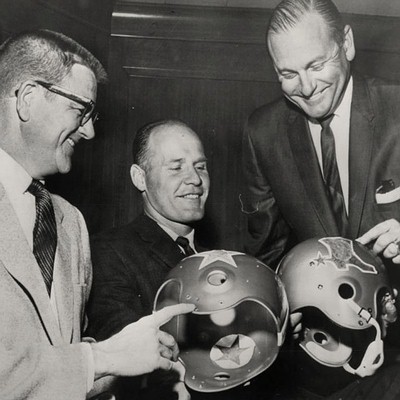

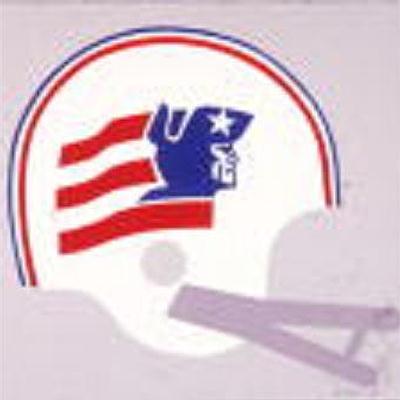

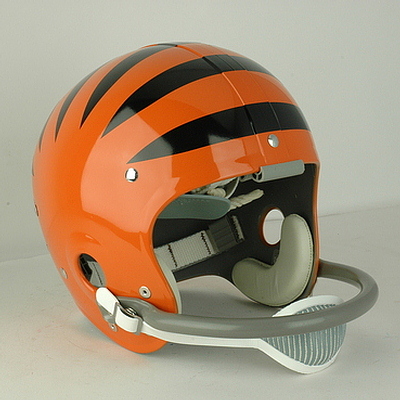
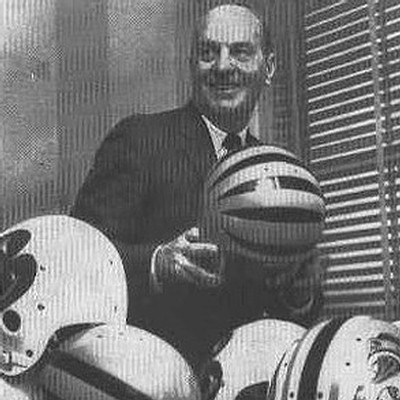
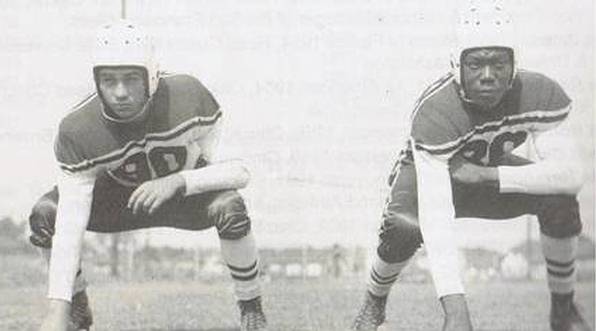
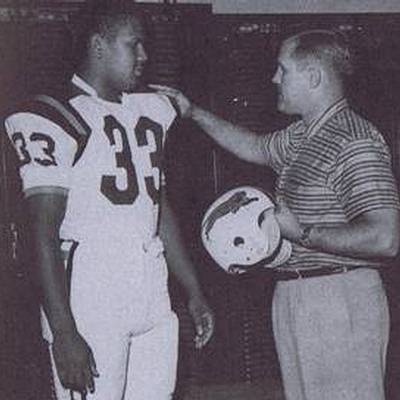
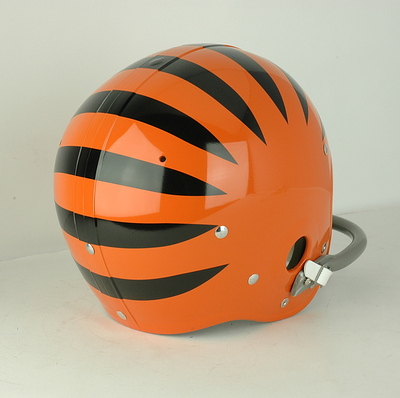
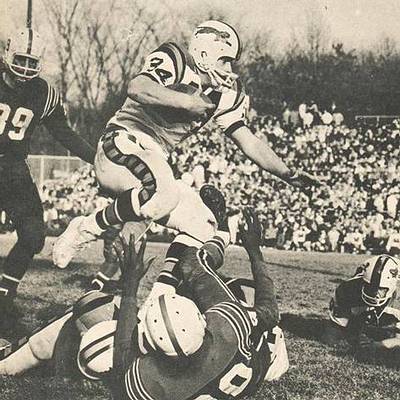
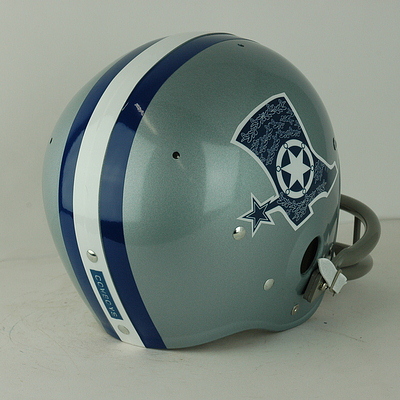

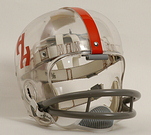
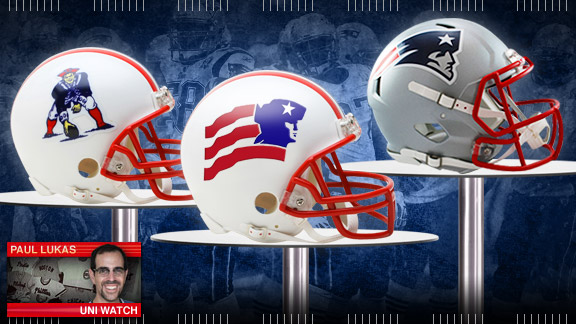




Comment